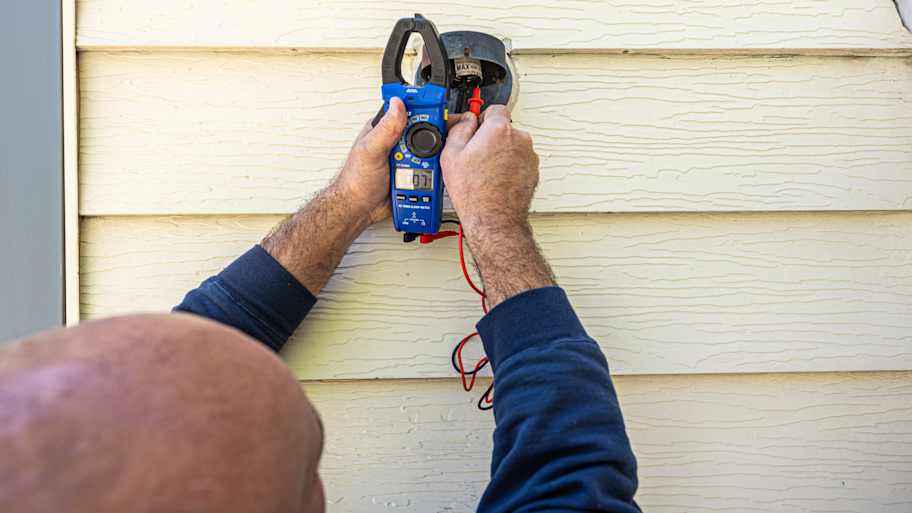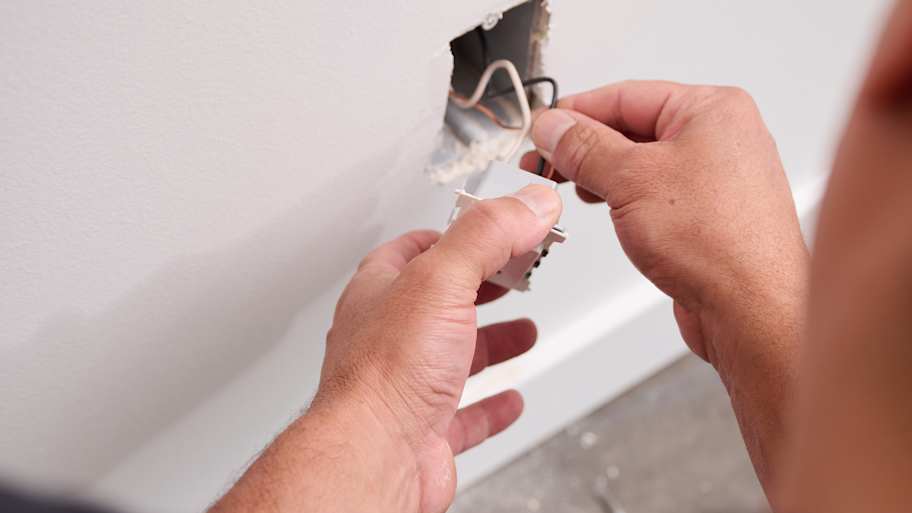Here’s What to Do if You Drop Your Phone in Water
Rule No. 1 of saving a cellphone from water: Don’t plug it in until it’s dry


Nothing increases your heart rate like your phone slipping out of your pocket … and right into the toilet bowl. It happens. A lot.
To save your phone and all the precious data (and dog photos) on it, you need to act fast. That means getting it out of whatever body of water your phone lands in as quickly as possible. (Yes, that means reaching into the toilet).
How to Save Your Phone
1. Don’t turn a wet phone on. If it’s on when you drop it in, turn it off. It might appear fine, but sometimes wet phones slowly lose function. Trying to use or charge the phone can short-circuit the logic board. So turn it off and keep it off.
2. Remove the phone from its protective case. Remove the SIM card, the battery, and the micro-SD card if possible. (You can’t remove iPhone batteries, but you can find local iPhone repair shops).
3. Give the device a little tap with the port-side down to shake out any excess liquid.
4. Dry the phone gently with a microfiber towel as best you can. Be careful not to push moisture into the phone.
5. Leave your phone to dry for 24 to 48 hours. If you have a silica gel packet from a recent purchase, put that in an airtight container with the phone to try to pull the moisture out. Actually, throw as many as you can in there.
6. After two days, you can try turning it on and see if it works.
If you see signs of water damage, like water marks behind the screen, don’t turn the phone on, just take the device to a smartphone repair shop near you as soon as you can. It will probably cost $70 to $100 to get the phone professionally dried and cleaned.
Even if the phone appears fine, minerals from the water can dry inside the device and potentially react with materials in the phone. At a phone repair shop, they can take the whole thing apart, let it dry thoroughly, clean it, and replace any damaged parts. About 80% of phones are saved this way.
Secret Ingredient: Isopropyl Alcohol
Pros say isopropyl alcohol is the secret to cleaning a smartphone that goes for a swim. Alcohol clears away impurities from the ocean, pool, or toilet water. You can use it to wipe down the outside of your phone, but might want to save any internal circuitry cleaning for a trained professional.
What Not to Do
Popular internet remedies might not be the right way to save your device.
Don’t put your phone in a bag of uncooked rice. You know what happens to rice when water is added—and you don’t want to shove starchy rice into your phone. Even if there isn’t enough moisture for the rice to expand, you don’t want to introduce more minerals that can get inside your device.
Don’t put it in the sun to dry, as heat can damage the internal components.
Similarly, don’t try to dry it with a hair dryer.
Don’t plug your phone in until you’re sure it’s dry.














